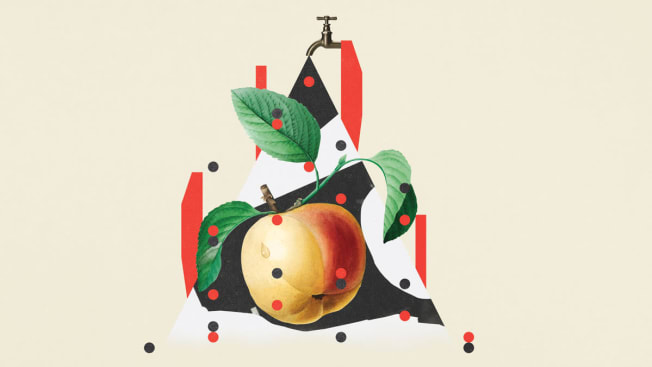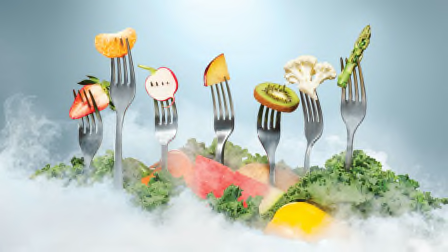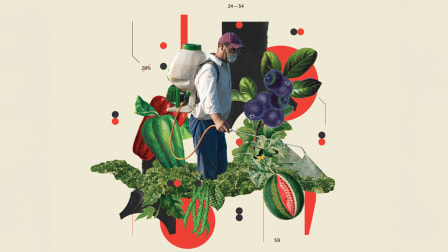How to Protect Yourself From Pesticides in Produce
What to know about washing, peeling, and more

To help consumers identify the fruits and vegetables that posed the greatest risk from pesticides, Consumer Reports recently analyzed seven years of data from the Department of Agriculture’s pesticide residue monitoring program. Choosing lower-risk produce is one way to reduce your exposure. Here are answers to some common questions about other steps you can take.
Does Washing Remove Pesticides?
Yes, some—but not all.
What About Special Washes or Rinses?
There’s no need for anything other than water. There’s little evidence that soaps or special rinses wash away pesticide residues. And the USDA doesn’t use detergents or bleaches on any food it tests.
Does Peeling or Not Eating Skins Help?
For items that aren’t always peeled but can be—like apples, potatoes, and carrots—peeling likely removes some residues, but not all.
That’s because some pesticides are systemic, meaning they’re absorbed into the plant. Peeling can have a downside, too, because the skins contribute healthy fiber and other nutrients, says Amy Keating, a registered dietitian at CR, so if you like eating them, don’t get rid of them just to avoid pesticides.
Are Canned or Frozen Versions Better or Worse?
It could go either way, according to CR’s recent analysis. Canned tomatoes, for example, received a better score than fresh in our ratings, but frozen strawberries posed a higher risk than fresh. So we can’t reliably say that one form is safer than others when it comes to pesticides. But our ratings can, in some cases, help identify which pose a lower risk.
Is 'Pesticide Free' the Same as Organic?
That claim is increasingly seen on some packaged produce, but it doesn’t mean that something is organic—for that, you need to look for the USDA Organic label. And “pesticide free” isn’t a regulated term, so you can’t be sure exactly what it’s telling you. On the other hand, you can have confidence that items with the USDA Organic label were grown according to national standards and with only minimum levels of pesticides, if any.
Is Produce Sold at Farmers Markets Safer?
Maybe, but locally grown doesn’t necessarily mean organic. It can’t hurt to talk to the person selling the food about their farming practices, but a USDA Organic certification is the best guarantee.
Editor’s Note: This article also appeared in the May/June 2024 issue of Consumer Reports magazine.




















